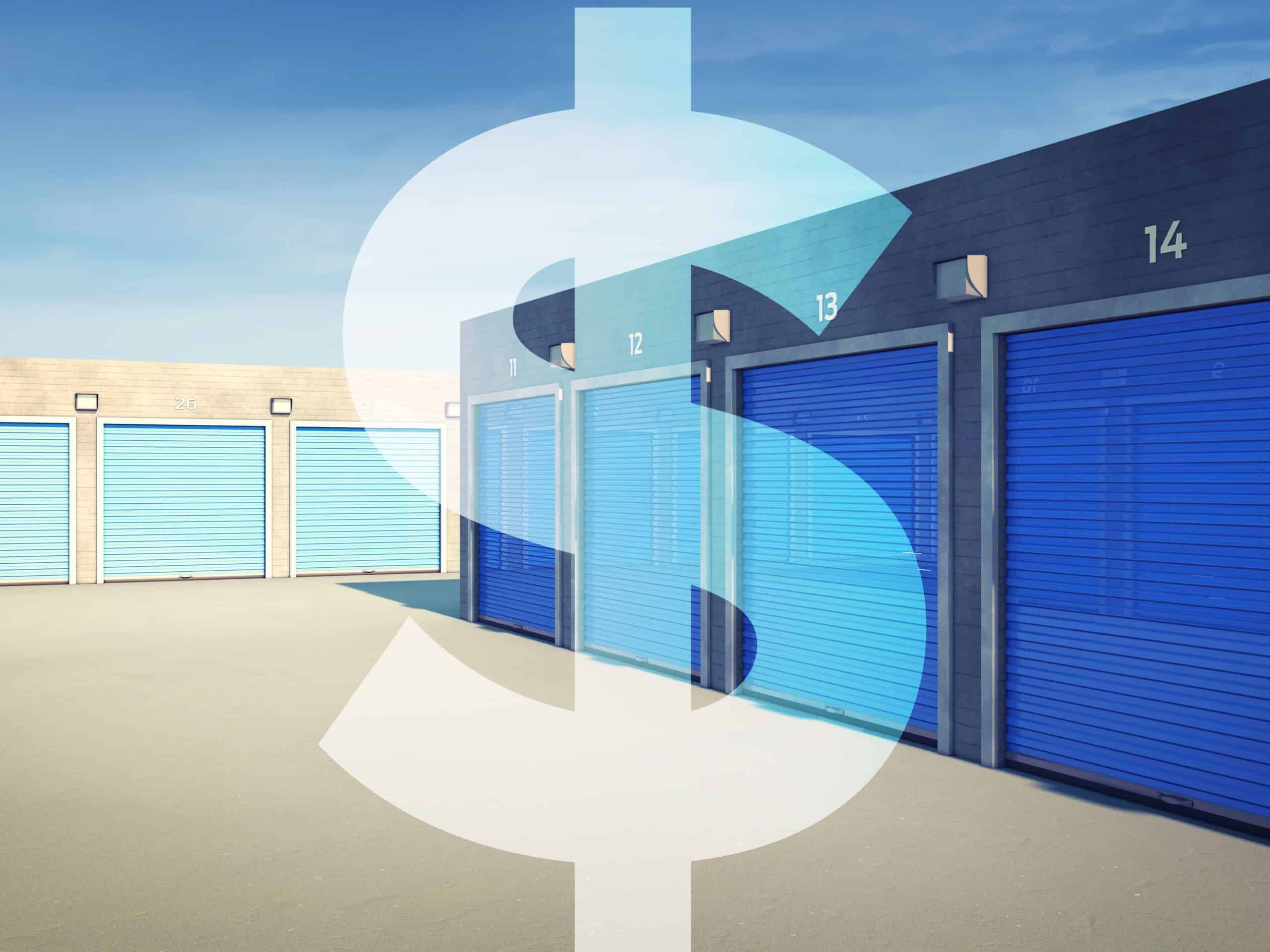Four Economic Forces Reshaping the Self-Storage Industry

The self-storage industry has recently enjoyed unprecedented growth on the back of favorable market conditions. But now some signs are emerging that serious challenges lie ahead as the economic environment begins to enter a new phase.
This means a time may soon come when self-storage operators may need to adjust their operations to address such headwinds as declining prices, softer consumer demand and tighter access to capital.
To better understand what may lie ahead for the self-storage industry, let’s take a look at four market forces that are having the biggest impacts on the economy today.
1. Inflation
Rising prices continue to take a bite out of American household budgets. In August, the Consumer Price Index ticked up 0.1% from July and stood 8.3% above the same month last year.
The cost of housing is increasing faster than inflation overall, up 0.7% from July to August. Compared to a year ago, housing costs were up 6% in August.
What does it mean for self-storage?
Inflation is a double-edged sword for self-storage facilities. On one hand it means operators may be able to command higher rental rates for a time. When the cost of housing goes up, however, Americans tend to move less. In addition, they may cut back on overall purchases and therefore have less physical goods that they need to find storage for. In looking for ways to reduce spending, some tenants might decide renting a storage unit is an expense they can no longer justify.
Together these forces could lead to a softening of demand and an increase in vacates—which were historically low during the pandemic. While demand remains strong today, operators should plan and prepare for this to change and expect that their ability to aggressively push rates may soon reach a limit.
2. Labor shortages
Unemployment in the U.S. continues to stand at historically low levels, coming in at 3.7% in August. However, that is a notable increase of 0.2% from July levels. The increase in the unemployment rate can be attributed to more Americans participating in the labor force after many stopped seeking work during the pandemic period.
What does it mean for self-storage?
An increase in labor force participation is a welcome sign for self-storage operators who’ve had a hard time filling open positions. However, operators are having to pay higher wages than they are used to in order to attract talent.
That said, the job market remains very competitive, and the labor shortage issue is far from over. Operators may increasingly turn to unmanned facilities and other automation technologies in order to reduce their payroll costs and gain more efficiency from the employees that they do manage to hire.
3. Supply chain disruptions
It isn’t just inflation and labor costs driving up the cost of new construction—supply chain disruptions continue to beleaguer the construction industry. A recent report from CBRE forecasted construction costs in 2022 will have risen 14.1% over the previous year. Low inventories and high prices for building materials such as steel and concrete have had a limiting effect on new development. This has led to some projects being delayed or abandoned.
What does it mean for self-storage?
Combined with higher labor costs, supply chain disruptions have dampened growth of new self-storage facilities despite the historic rise in prices. This isn’t necessarily a bad thing for the industry at large, as it has served to limit too much oversupply from occurring. In the event that demand for storage does fall in the coming months, there may be less of a glut of empty space as a result.
4. Rising interest rates and access to capital
In an attempt to tamp down runaway inflation, the Federal Reserve increased interest rates on Wednesday another 75 basis points—its third such increase this year. The federal funds rate is projected to rise to 4.4% by the end of the year as the Fed is embarks on its most restrictive monetary policy measures since the 1980s.
What does it mean for self-storage?
For independent self-storage operators, rising interest rates are already increasing the cost of capital and restricting access to credit markets. Further interest rate hikes will continue to tighten capital access for operators. These conditions will likely have a hindering effect on the ability of self-storage operators to expand through acquisition and development.
It also stands to have an impact on day-to-day operations and cash flow. Storage owners with variable interest rates or balloon payments coming due could find themselves in a difficult position. Further, small-to-medium-sized storage businesses may face challenges borrowing working capital for hiring or investing in new technologies at a time when they need it most.
How should self-storage operators respond?
While the severity of these impacts remain to be seen, self-storage operators would be wise to strategize how they will address these challenges should they arise. For example, operators may decide to allocate a bigger budget for demand generation in 2023 or seek to leverage automation technology to enable their workforce to do their jobs more efficiently.
To learn more about what operators can do to address the looming market changes, check out the new Unpacked webinar Preparing for Economic Uncertainty with Storable CEO Chuck Gordon.
In it, Gordon shares the latest Storable data, his views on how these economic forces are reshaping the storage industry, and what changes that operators need to make in order to succeed as market conditions change.

What does California’s New Honest Pricing Law Mean for Self-Storage Operators?
The Honest Pricing Law represents a significant shift towards greater transparency in pricing for businesses operating in California. The law eliminates hidden fees and ensures that customers are fully informed about the total cost of a service or product before making a purchase. Keep Reading

Doing More: Storable Releases Annual Corporate Responsibility Report
Sustainable and socially responsible business practices improve operational efficiency, drive innovation, and contribute to strong financial performance over the long-term. They are also becoming critical factors when it comes to accessing capital and attracting top talent. Keep Reading

Storage Monitor: Top Performing Markets for Rental Rate Growth
Storable looked at the top 200 most popular markets for self-storage rentals and calculated the average rental rate year to date through June for each, and compared to the same period in 2023. In our analysis, only 18 markets show positive average rental rate growth compared to last year. Keep Reading